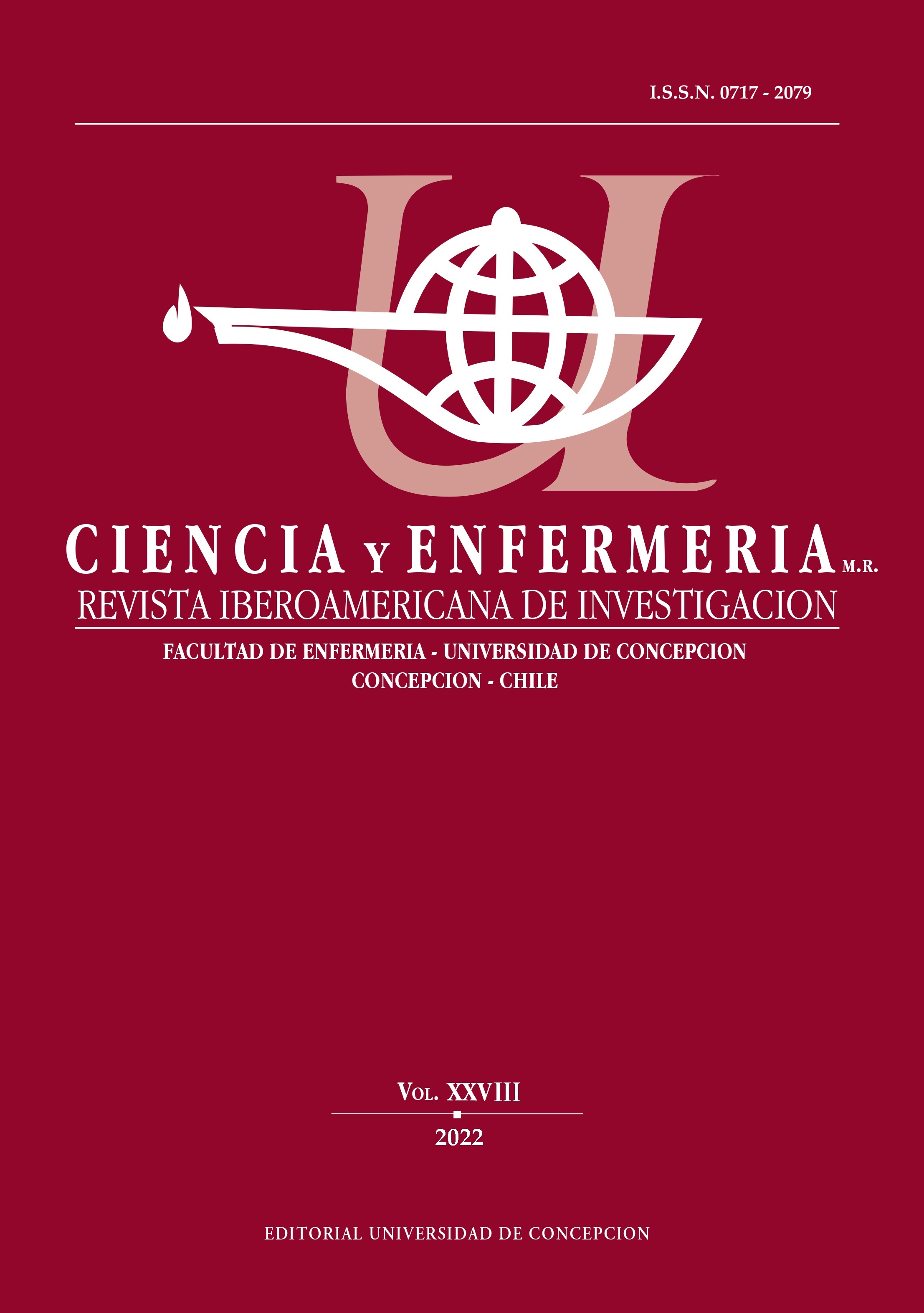EVALUACIÓN DE LA SEGURIDAD DEL PACIENTE DESDE LA PERSPECTIVA DEL PROFESIONAL DE SALUD
DOI:
https://doi.org/10.29393/CE28-16ASFM60016Keywords:
Organizational Culture, Health Personnel, Quality of Health Care, Patient SafetyAbstract
Objective: To assess patient safety culture from the perspective of health care professionals working in critical care units at a university hospital. Material and Method: Observational, sectional study, with a quantitative approach, conducted with 207 health professionals, doctors, nurses and nursing technicians from a hospital in the state of Minas Gerais, Brazil, from January to November 2020. The participants were obtained through a non-probabilistic sample and answered the Hospital Survey on Patient Safety Culture questionnaire, an instrument already validated for the Brazilian context. Descriptive statistical and multiple linear regression analyses were used; the significance level was ?=0.05. Results: The best assessed dimension was “Organizational learning - continuous improvement” (64.4%). No dimension was considered particularly strong as it did not receive a score ? 75%. Eight dimensions were considered weak areas (? 50%), with the dimension “Nonpunitive response to error” being the worst assessed (20.3%). The patient safety score given by the professional in their hospital working area (?=0.502, p<0.001) and the length of time working in the hospital (?=0.135, p=0.032) were statistically significant when associated with the overall score. Conclusions: This study makes it possible to identify weaknesses within the institution, with the non-punitive response to errors being the most concerning. Leaders should propose interventions that provide a blame-free environment for professionals to report adverse events. Considering patient safety as a management priority can provide better quality to the services offered by the organization.
Downloads
Published
How to Cite
Issue
Section

This work is licensed under a Creative Commons Attribution 4.0 International License.













